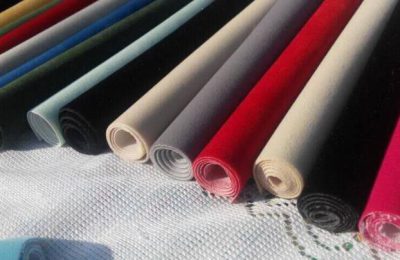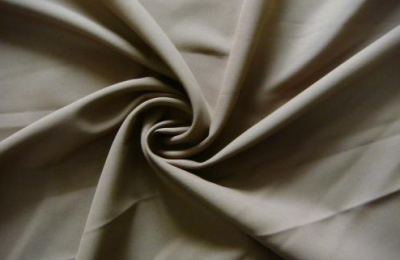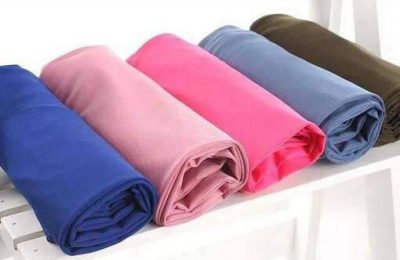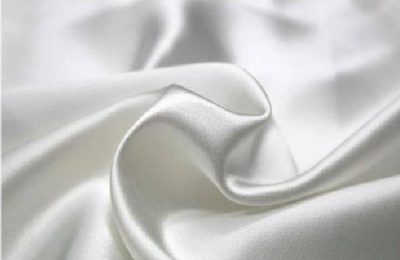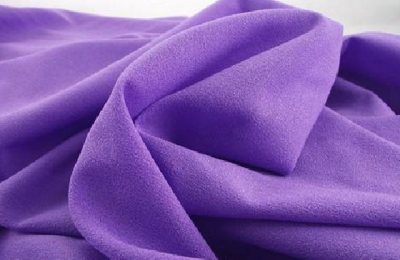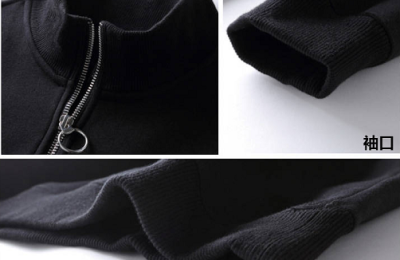The principle of pp spunbond non-woven fabric is to use the chemical fiber spinning method to spin, draw, and lay the polymer into a web, and finally through needle punching, spunlace, hot rolling or self-adhesive methods. Reinforcement is formed.
Imported pp polypropylene spunbond non-woven fabrics. Among the many manufacturing methods of non-woven fabrics, due to the obvious advantages in product performance and production efficiency made by the spunbond method, it has gained popularity in the past 20 years. Rapid development that has attracted worldwide attention.
About 40% to 50% of non-woven fabric production currently uses melt spinning methods (including spunbonding methods, melt-blown methods and composite methods of the two).
The process flow of imported pp spunbond non-woven fabrics: polymer (polypropylene + recycled material) – large screw high temperature melt extrusion – filter – metering pump (quantitative delivery) – spinning (spinning) Up and down stretching and suction at the entrance) – cooling – air traction – mesh curtain forming – upper and lower pressure rollers (pre-reinforcement) – hot rolling in the rolling mill (reinforcement) – winding – rewinding and slitting – weighing Repackaging – finished product is put into storage.
Suzhou ptfe filter membrane manufacturer supplies pp spunbond non-woven fabric, which has good heat resistance, melting point is 164~170℃, and the products can be sterilized at temperatures above 100℃.
It will not deform at 150℃ without being affected by external force.
The embrittlement temperature is -35°C. Embrittlement will occur below -35°C, and the heat resistance is not as good as PE.
</p



